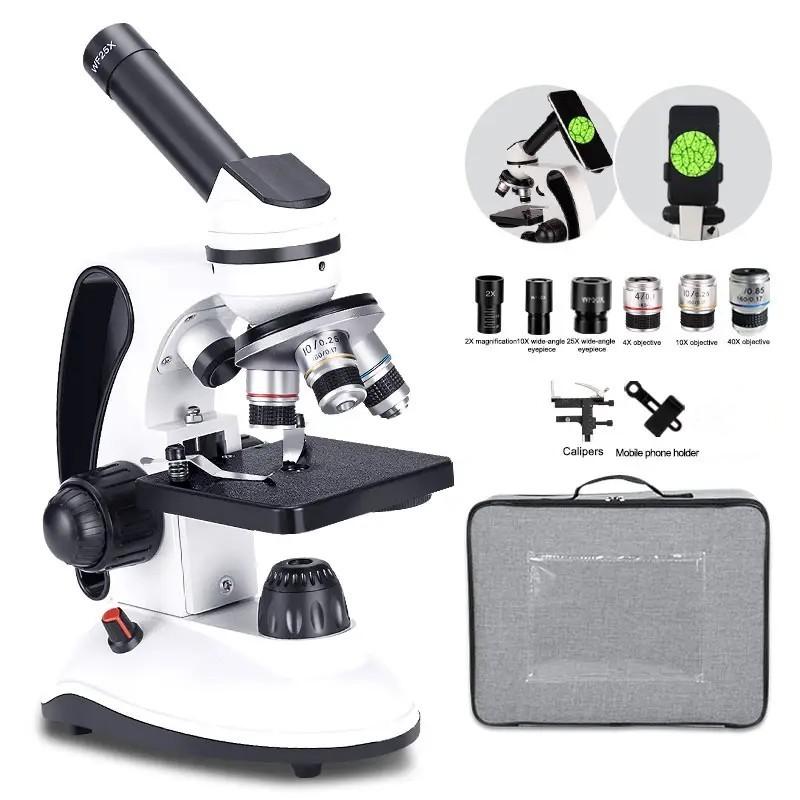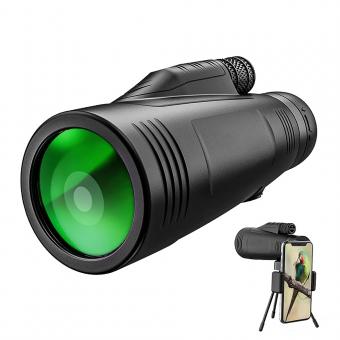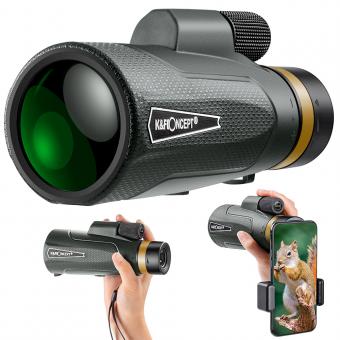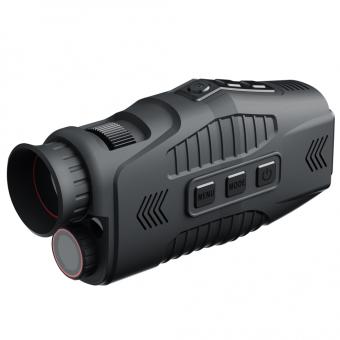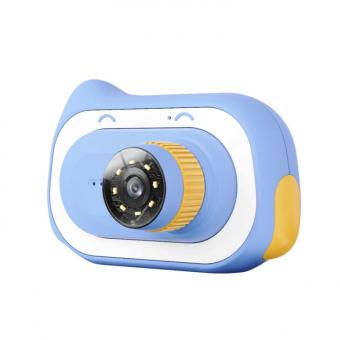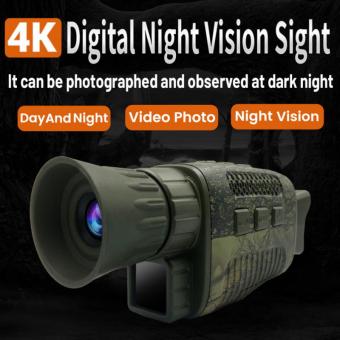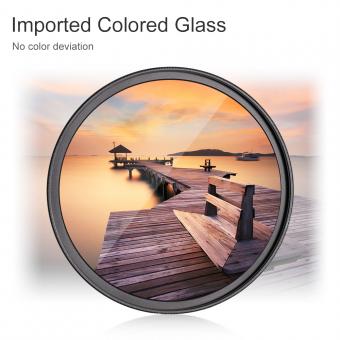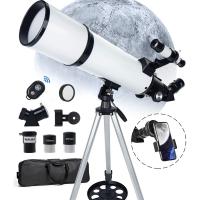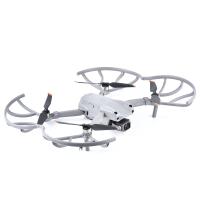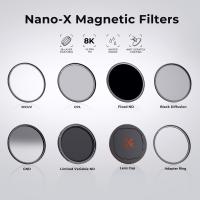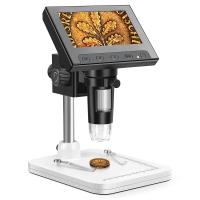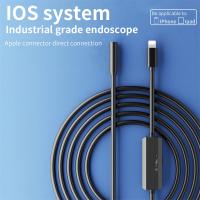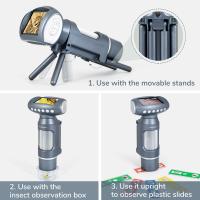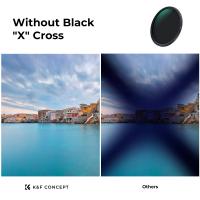Which Monocular Magnification Is Better ?
The better monocular magnification depends on the specific use case and personal preference. Some people may prefer higher magnification for detailed observations, while others may find lower magnification more suitable for a wider field of view and easier tracking of moving objects. It is important to consider factors such as the intended purpose, environment, and individual visual acuity when determining the optimal monocular magnification.
1、 Higher Monocular Magnification vs. Lower Monocular Magnification
The question of whether higher monocular magnification is better than lower monocular magnification is subjective and depends on the specific needs and preferences of the individual user. Both higher and lower magnifications have their own advantages and disadvantages.
Higher monocular magnification, typically ranging from 8x to 12x, offers a closer view of distant objects. This can be beneficial for activities such as birdwatching, stargazing, or observing wildlife from a distance. It allows for more detailed and clearer images, making it easier to identify small details or distant objects. However, higher magnification also tends to have a narrower field of view, making it more challenging to track moving objects or observe a wider area.
On the other hand, lower monocular magnification, usually ranging from 4x to 6x, provides a wider field of view. This is advantageous for activities like hiking, hunting, or general outdoor use, where a broader perspective is often more important than extreme magnification. Lower magnification also tends to offer a more stable image, as it is less affected by hand movements or vibrations.
It is worth noting that the latest advancements in monocular technology have led to the development of image stabilization features, which can compensate for hand movements and provide a steadier view even at higher magnifications. This can make higher magnification more accessible and user-friendly for a wider range of users.
Ultimately, the choice between higher and lower monocular magnification depends on the specific requirements and preferences of the user. It is recommended to consider factors such as the intended use, comfort, stability, and personal visual acuity when deciding which monocular magnification is better suited for individual needs.

2、 Optimal Monocular Magnification for Different Viewing Purposes
The optimal monocular magnification for different viewing purposes depends on several factors, including the specific task at hand, the individual's visual acuity, and personal preferences. There is no one-size-fits-all answer to which monocular magnification is better, as it varies based on the intended use.
For general purposes such as bird watching or observing nature, a magnification range of 8x to 10x is often recommended. This range strikes a balance between providing sufficient detail and maintaining a stable image. Higher magnifications may result in a narrower field of view and increased image shake, making it harder to track moving objects.
However, for specialized purposes such as stargazing or long-distance viewing, higher magnifications may be preferred. Magnifications of 12x to 16x or even higher can provide greater detail for observing celestial objects or distant landscapes. It is important to note that higher magnifications often require the use of a tripod or other stabilization methods to minimize image shake.
In recent years, there has been a trend towards compact monoculars with lower magnifications, such as 6x or 7x. These lower magnifications offer wider fields of view and are easier to hold steady without the need for additional stabilization. They are particularly popular for activities like hiking or travel, where portability and ease of use are important factors.
Ultimately, the choice of monocular magnification depends on the specific needs and preferences of the user. It is recommended to try out different magnifications and consider factors such as intended use, stability, and personal comfort to determine the optimal monocular magnification for different viewing purposes.

3、 Factors Affecting Monocular Magnification Performance
The question of which monocular magnification is better depends on various factors that affect the performance of the device. These factors include the optical design, lens quality, objective lens diameter, and the user's specific needs and preferences.
Optical design plays a crucial role in determining the magnification performance of a monocular. Different designs, such as roof prism or porro prism, can affect the image quality and clarity. Generally, a monocular with a roof prism design tends to provide better image quality and higher magnification compared to a porro prism design.
Lens quality is another important factor to consider. High-quality lenses with advanced coatings can enhance light transmission, reduce glare, and improve image sharpness. Monoculars with superior lens quality tend to offer better magnification performance.
The objective lens diameter also affects the magnification performance. A larger objective lens diameter allows more light to enter the monocular, resulting in brighter and clearer images. However, it is important to strike a balance between magnification and portability, as larger objective lenses can make the monocular bulkier and heavier.
Additionally, the user's specific needs and preferences should be taken into account. Some users may prioritize compactness and portability, while others may prioritize higher magnification. It is important to consider the intended use of the monocular, whether it is for bird watching, hunting, or general outdoor activities.
In recent years, technological advancements have led to the development of monoculars with higher magnification capabilities. However, it is important to note that higher magnification does not always equate to better performance. Factors such as lens quality and optical design still play a significant role in determining the overall image quality and clarity.
In conclusion, the question of which monocular magnification is better depends on various factors such as optical design, lens quality, objective lens diameter, and the user's specific needs. It is important to consider these factors and strike a balance between magnification and other performance aspects to choose the monocular that best suits individual requirements.
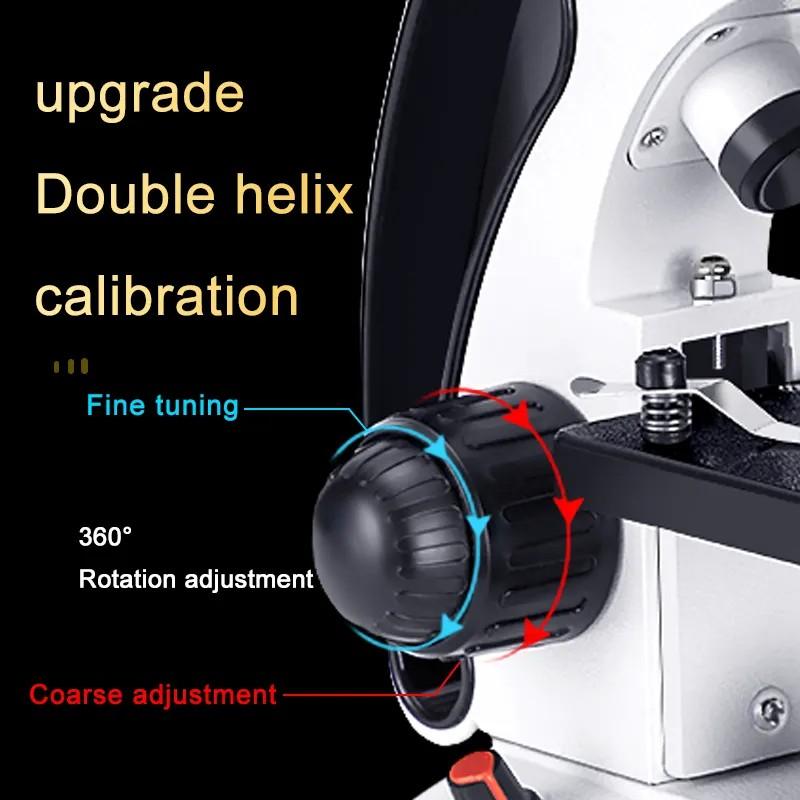
4、 Balancing Monocular Magnification with Field of View
When it comes to determining which monocular magnification is better, it is important to consider the balance between magnification and field of view. Both factors play a crucial role in determining the overall viewing experience and suitability for different purposes.
Higher magnification allows for a closer and more detailed view of distant objects. It is particularly useful for activities such as birdwatching, wildlife observation, or stargazing, where the ability to see fine details is essential. However, higher magnification often comes at the cost of a narrower field of view. This means that the area visible through the monocular becomes smaller, making it more challenging to track moving objects or observe a broader scene.
On the other hand, lower magnification provides a wider field of view, allowing for a larger area to be observed at once. This is beneficial for activities such as hiking, sightseeing, or sports events, where the ability to scan a larger area quickly is important. Lower magnification also tends to result in a brighter image and a more stable view, as the shaking of hands is less noticeable.
The choice between monocular magnifications ultimately depends on the intended use and personal preferences. For general-purpose use, a magnification range of 8x to 10x is often recommended as it strikes a good balance between detail and field of view. However, for specific activities, such as astronomy, higher magnifications of 12x or more may be preferred to observe celestial objects in greater detail.
It is worth noting that advancements in technology have led to the development of monoculars with variable magnification. These allow users to adjust the magnification level according to their needs, providing greater flexibility in different situations.
In conclusion, the better monocular magnification depends on the specific use case and the desired balance between magnification and field of view. It is important to consider personal preferences, intended activities, and the latest advancements in monocular technology when making a decision.
